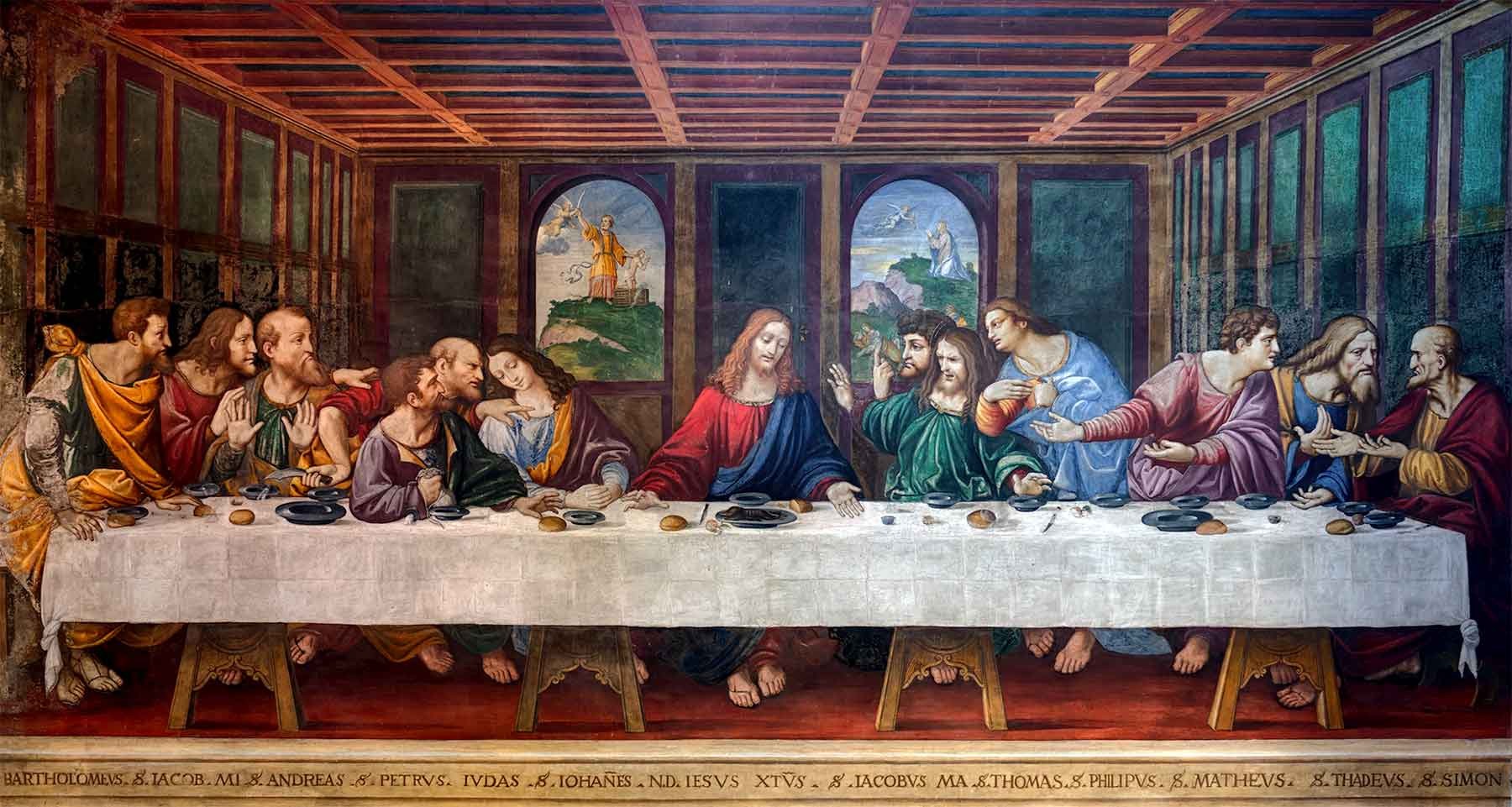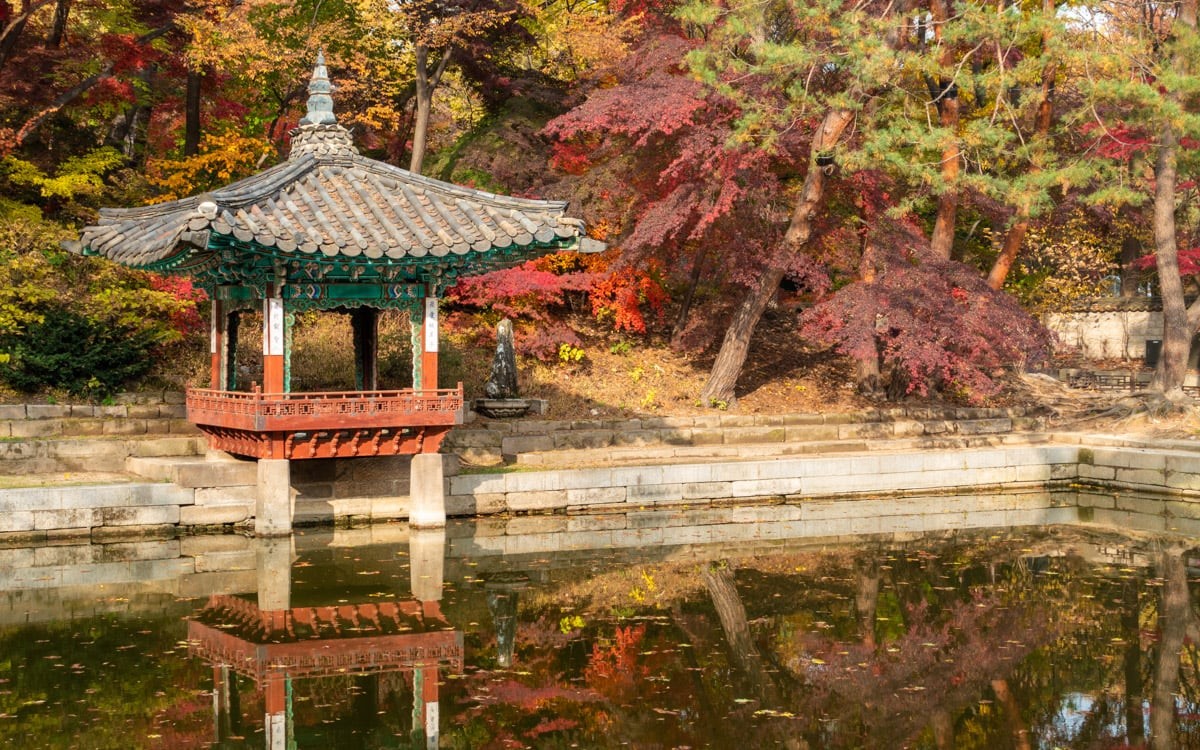
The Last Supper: Leonardo da Vinci's Masterpiece in Milan
In the heart of Milan, housed within the modest walls of the Convent of Santa Maria delle Grazie, lies one of the most revered and iconic artworks in the history of Western civilization — The Last Supper (Il Cenacolo) by Leonardo da Vinci. Painted between 1495 and 1498, this monumental fresco represents not only a pinnacle of the Italian Renaissance but also an enduring symbol of artistic genius and human emotion. It is a masterpiece that captures the essence of a pivotal moment in Christian tradition with unprecedented depth and beauty.
A Timeless Scene of Human Drama
The Last Supper depicts the biblical scene of Jesus Christ’s final meal with his disciples, a moment filled with emotional intensity as Jesus reveals that one of them will betray him. Leonardo's interpretation of this moment is far more than just a visual retelling of a religious story — it is a study in human psychology and divine revelation.
At the center of the composition is Christ, calm and serene, forming a perfect triangular shape with his hands gently resting on the table. Surrounding him are the twelve apostles, captured in the midst of shock, confusion, and disbelief. Each apostle’s reaction is carefully rendered, reflecting a wide range of human emotions — from doubt and surprise to anger and fear. The use of perspective and positioning draws the viewer’s eye immediately to Christ, emphasizing his spiritual significance.
Leonardo’s ability to convey such intense emotion and drama through the gestures, facial expressions, and body language of the figures is what makes The Last Supper so extraordinary. The moment frozen in time feels alive with tension, yet harmonized by Leonardo’s masterful composition and technique.
The Mastery of Light and Perspective
One of the most striking features of The Last Supper is its use of light and perspective. Leonardo da Vinci was a master of both, and his innovative approach to these elements transformed this fresco into an extraordinary visual experience. The scene takes place in a long, rectangular room, with Christ at the center of a wide table that stretches across the foreground. Leonardo used linear perspective to create an illusion of depth, making the room in the painting appear to extend beyond the physical wall on which it is painted.
The light in the painting also plays a crucial role in highlighting the central figure of Christ. Natural light streams in from the three windows behind the figures, with the brightest window directly behind Jesus, creating a subtle yet powerful halo effect that emphasizes his divinity. This delicate interplay of light and shadow heightens the drama and brings a three-dimensional quality to the figures, enhancing the realism and emotional impact of the scene.
Leonardo's Experimentation: A Challange to Preservation
Although The Last Supper remains a masterpiece of Renaissance art, it has faced significant challenges over the centuries due to Leonardo’s experimental technique. Instead of using traditional fresco methods, where pigments are applied directly onto wet plaster, Leonardo used a dry technique, applying oil and tempera on a dry wall. This allowed him to achieve greater detail and subtle shading, but it also made the painting more vulnerable to deterioration.
Within just a few decades of its completion, The Last Supper began to show signs of decay. Over the centuries, it has endured the wear and tear of time, environmental damage, and even bombings during World War II, which left the convent severely damaged. Yet, through numerous restorations, art historians and conservators have managed to preserve much of the original beauty of the painting, allowing modern-day visitors to experience its majesty.
A Symbol of Milan's Cultural Legacy
Today, The Last Supper stands not only as a masterpiece of Renaissance art but also as a symbol of Milan’s rich cultural and artistic heritage. It draws thousands of visitors each year, all eager to witness the genius of Leonardo up close. The delicate balance of emotion, technical brilliance, and spiritual significance makes this artwork a treasure that continues to inspire awe and reverence.
The process of viewing The Last Supper is designed to enhance its impact. Visitors are allowed into the refectory in small, timed groups to maintain the preservation of the painting. This intimate setting heightens the sense of awe, allowing for quiet contemplation of the monumental work. Standing in front of The Last Supper, one is not only confronted with a remarkable piece of art but also with Leonardo’s profound understanding of human emotion, the divine, and the power of storytelling through painting.
The Beauty of Human and Divine Connection
What sets The Last Supper apart from countless other depictions of the same biblical event is Leonardo’s profound sensitivity to both human and divine aspects. Each figure is meticulously individualized, and yet there is a strong unity in the composition. The apostles are animated by their humanity, reacting to the revelation of betrayal with visible emotion. Yet, at the heart of the turmoil is the calm and composed figure of Christ, embodying a sense of spiritual resolve and divine grace.
Leonardo’s ability to capture both the grandeur and the fragility of this moment is what has made The Last Supper a masterpiece for the ages. Its beauty lies not just in its technical brilliance but in the way it engages viewers on a deeply emotional and spiritual level, inviting them to reflect on the human condition, faith, and the timeless themes of trust, betrayal, and redemption.
The Last Supper is more than just a painting; it is an enduring symbol of artistic mastery, religious devotion, and human emotion. Leonardo da Vinci’s genius is evident in every brushstroke, from the intricate expressions of the apostles to the carefully crafted illusion of space and depth. Despite the challenges of time and deterioration, The Last Supper continues to captivate and inspire all who visit it, reminding us of the timeless beauty that can be achieved when art touches the divine.
For anyone visiting Milan, The Last Supper is an absolute must-see. It offers not just a glimpse into the mind of a genius but also an unforgettable experience of witnessing one of the greatest achievements in the history of art.





